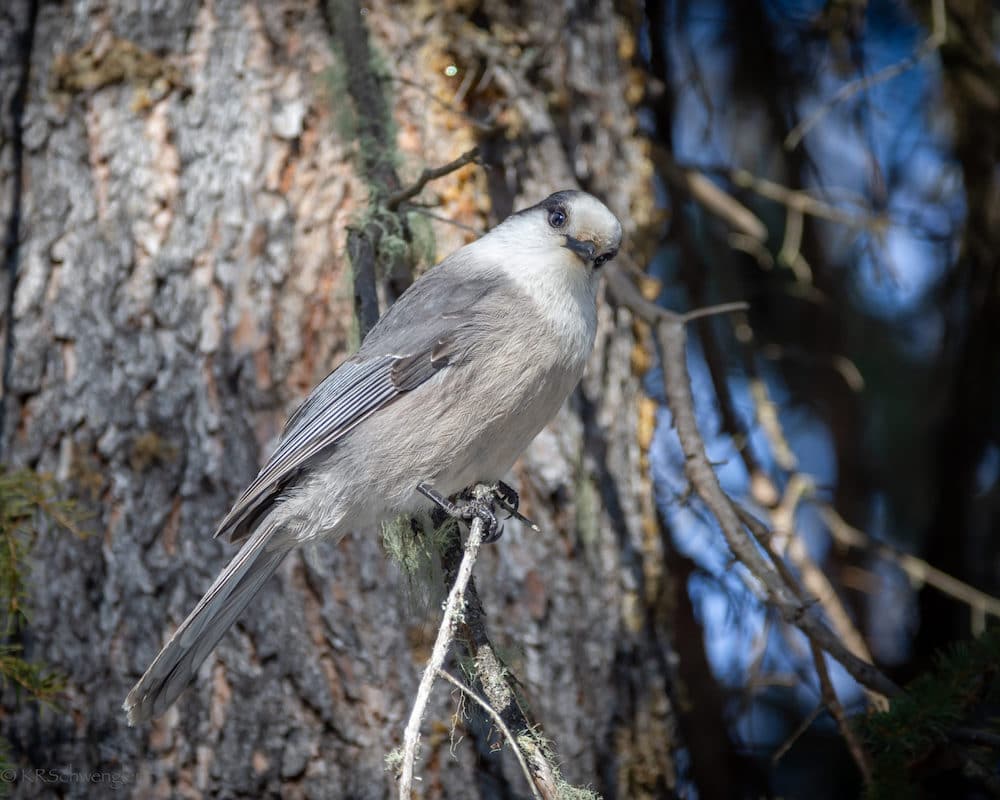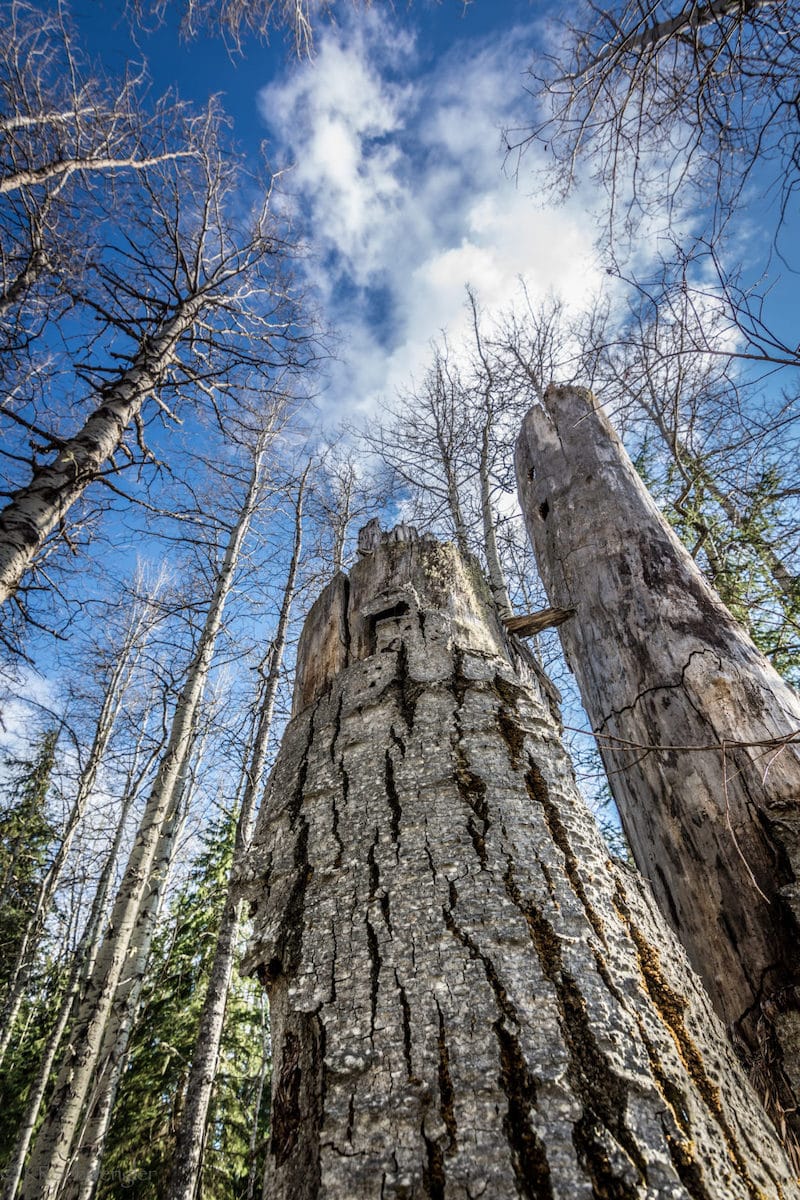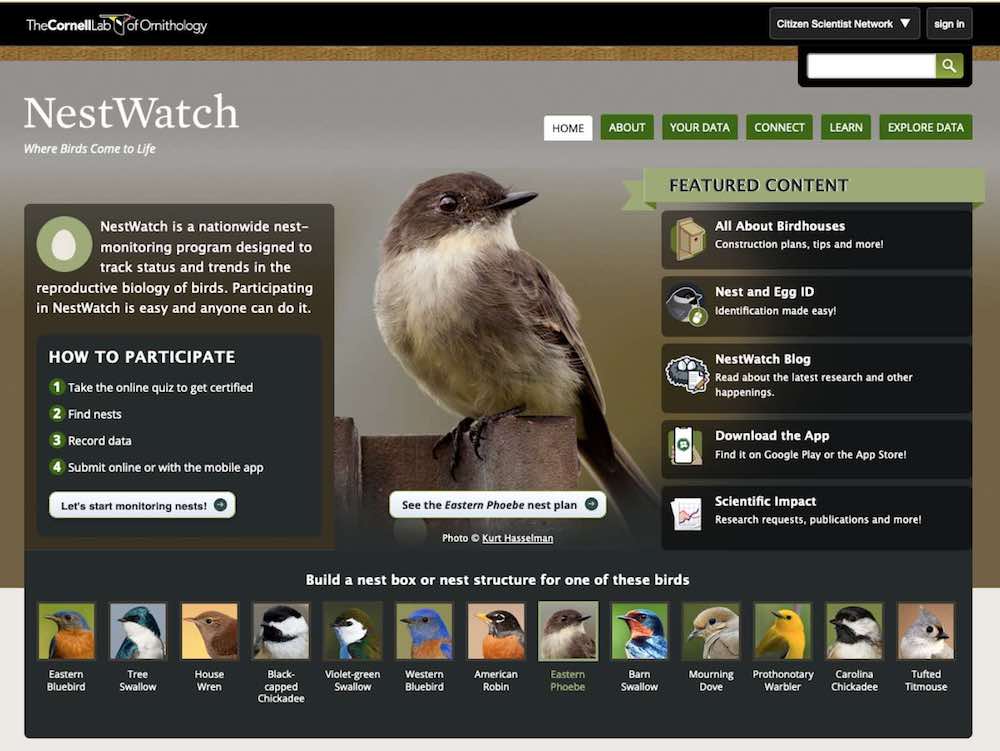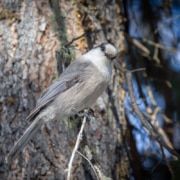Migration, Incubation and You
Migration, Incubation and You
Will Spring Ever Get Here?
For residents of northern climates, the arrival of migrating birds is a sure sign that spring must be on it’s way! Last year, I saw my first geese flying overhead on March 7, so I expect (and hope) that we should be hearing that signature sound very soon. Calgary area birders are reporting sightings of starlings and American robins already! Even some of our resident birds know that spring is imminent – Canada Jays and Great Horned Owls start laying their eggs in March! What triggers birds to start laying eggs when there’s still so much snow or to leave their warm winter homes and head up north anyways?
Are the Birds Sending out Hints?
You may have noticed a recent uptick in bird activity and birds song in your neighbourhood – chickadees seem busier and noisier, raven pairs are perching together, some bird species have stopped visiting your bird feeder while other species seem to be feeding much more. The change in daylight hours triggers these changes in bird behaviour. Each species is sensitive to changes in daylight hours and uses that information, in addition to their genetic predisposition, to get on with mating, nest building and egg laying.
Scientists believe that migration is also triggered by changes in day length and genetic predisposition – but in the case of migratory birds, a reduced food supply in their wintering habitat is also believed to be a factor. Over 65% of bird species migrate! The longest migration route on record is 57,000 miles by an Arctic Tern!
Our area will welcome an additional 130 species of birds over the next two months in addition to our local species. By the time they arrive in the Drayton Valley area, some of them will have been on the wing for weeks, but they will waste no time finding a partner, finding a suitable place to build their nest in order to raise a brood of chicks. Click here for our two parks bird species list.

What can we do to help birds do what they do best?
Here are 7 ways you can help:
- Don’t remove trees (including shrubs and willows) during spring and summer, including snags (dead trees which act as a nests). Did you know that removing trees or shrubs with bird nests is a violation of the Migratory Bird Act and you can be subject to huge fines.

- Keep your bird feeders full and clean for the arriving birds. Read Project Feeder Watch’s summary of 3 effective ways to clean your feeder.
- Avoid motorized or loud recreation in prime nesting areas – especially along shorelines of lakes, ponds, creeks and rivers.
- Keep your outdoor lighting to a minimal during migration season – porch and street lights interfere with migration patterns. Light pollution and skyglow have been linked to birds losing their way while on route to their spring and winter homes.
- Prevent window collisions by keeping feeders a safe distance (10 feet) from windows or by applying special tape in a 2”x 2” grid to your windows. Hundreds of millions of birds die due to window collisions each year.
- Put up bird houses – do your research on birdhouse size, entry hole size, placement, etc. Nestwatch has a great website for finding out what kind of birds you can expect to attract in your specific area and habitat as well as hundreds of bird house plans!
- Get involved in birding! When you go birding, you make a deeper connection to our avian friends! Why not start this spring – join us on Global Big Day as we count our local birds – Eagle Point Bird Count




